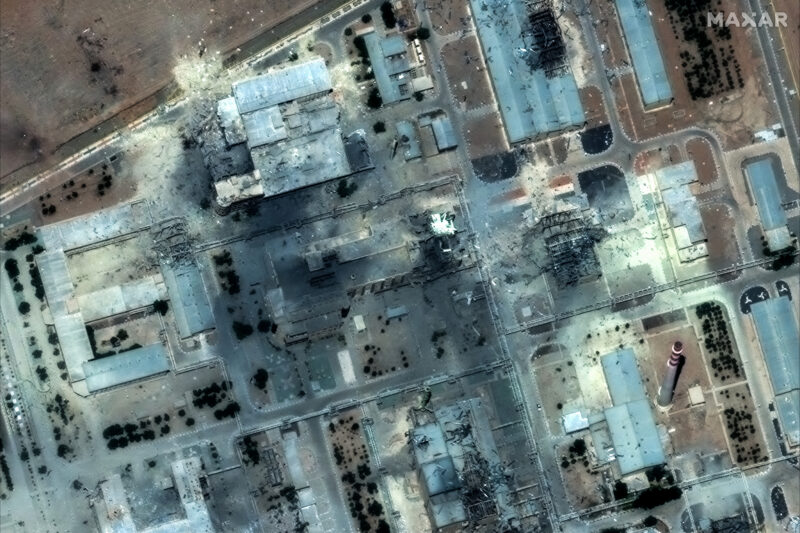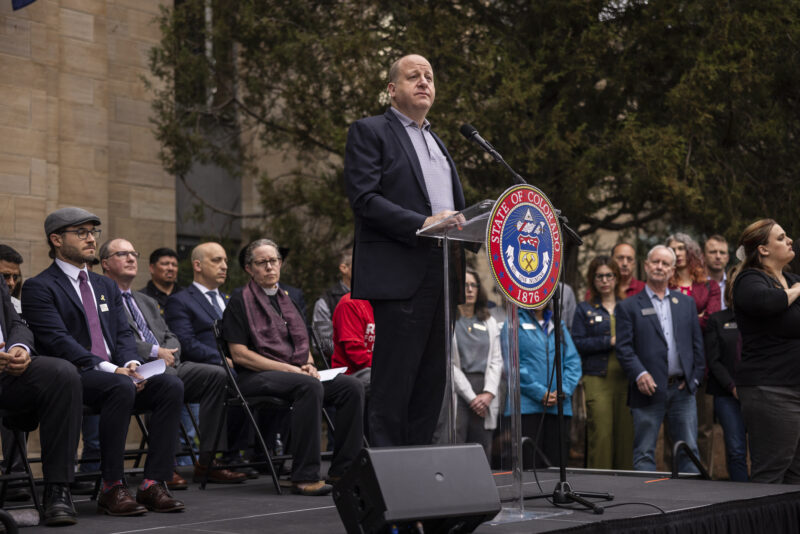Recent Issues
Daily Kickoff
March 15, 2023
👋 Good Wednesday morning!
In today’s Daily Kickoff, we interview Sir David Adjaye, the award-winning architect of the Abrahamic Family House in Abu Dhabi, which includes the Moises Ben Maimon Synagogue. We also talked to senators on Capitol Hill...































